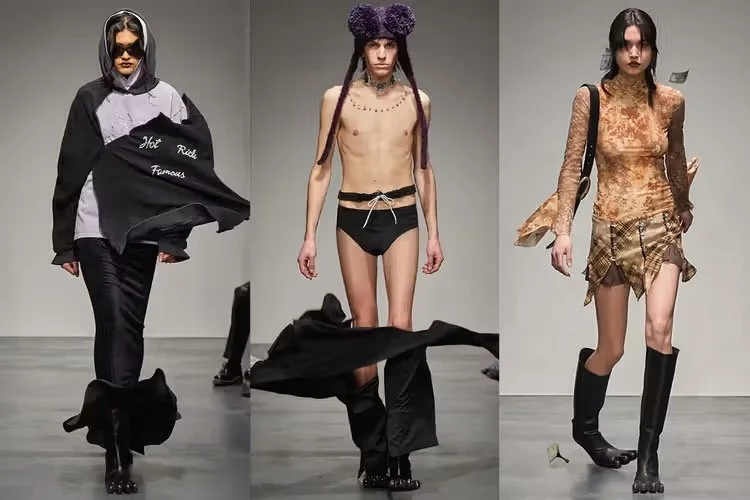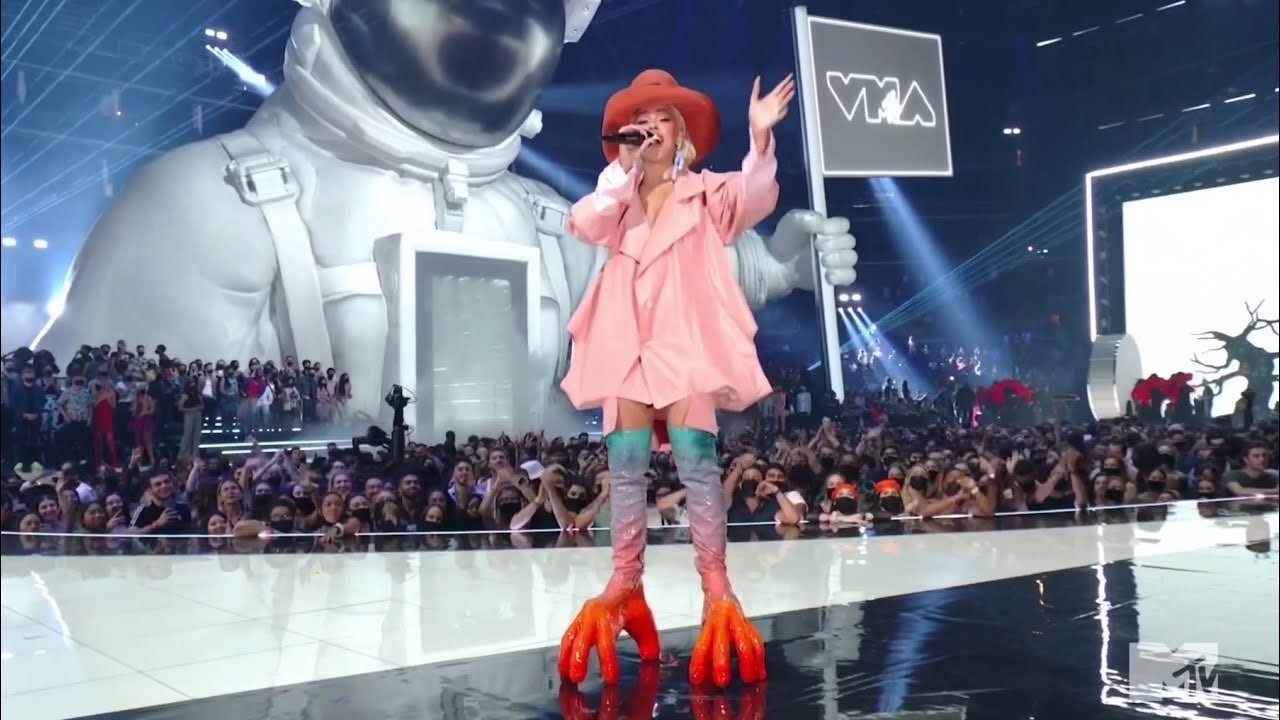How Far Will We Go? A Reflection on AVAVAV’s Fall 2023 Collection Fashion Show
About the Show
During the 2023 Milan Fashion Week, designer Beate Karlsson of the brand AVAVAV held a theatrical runway show that provided commentary on the frivolous high fashion industry and the unsustainable nature of fast fashion.
You might be familiar with Karlsson’s fashion show in which models purposely fell on the runway to explore the fragility that underlies their extremely high heels and luxury outfits which allow them to project a superficial image of wealth. Well, Karlssons’s latest Fall 2023 ready-to-wear collection entitled “Fake it ‘Till You Break It’' explores a similar concept, but on a larger scale.
On this runway, designs fell off the models wearing them: heels broke as they were walking, sleeves flew off, the lens from a pair of sunglasses travelled into the audience, and a set piece came crashing down after Karlsson made an appearance for the show’s conclusion. A video can be found here.
Needless to say, there is a lot to get into regarding this show.
Class Consciousness and High Fashion
Milan fashion week is a very exclusive event that favors the wealthy. Only Oscar nominees and famous musical artists are known to wear the pieces presented in its runway shows.
Doja Cat in AVAVAV boots.
This class divide implies the widely known idea that "actual" fashion is made to be adorned by those of higher social class while clothing from fast fashion brands are meant for those in lower socio-economic classes.
The frivolous nature of high fashion has driven its participants further and further away from the fast-fashion reality that most people know to be true. Karlsson criticizes this notion of elitism with a humorous twist and ridicules how seriously the industry takes itself.
Are Clothes Supposed to be Expensive?
The prices of fast fashion brands have made people reliant. The real issue lies within the idea that we are made to rely on low-quality, often unethically produced pieces of clothing that can easily deplete over a relatively short amount of time.
On the contrary, the only way for members of the general public to own good quality clothing that will last them a long time is for the clothing to be more expensive. This, of course, deepens the complexity of the issue and discussing the entanglements behind the fast fashion industry is too complicated for the scope of this article.
However, taking a closer look at AVAVAV’s showcase, it is important to reflect on how (unreliable) fast-fashion clothing has become so vital for the many people who have never sat down near a runway at Milan Fashion Week. AVAVAV’s critiques have certainly managed to gain their spotlight in the media. However, this begs the question, how far will the stakeholders of high fashion go to critique the industry and make change?


